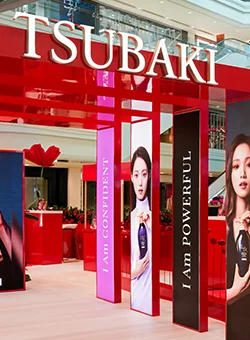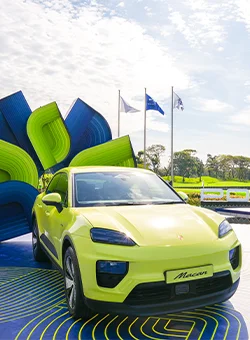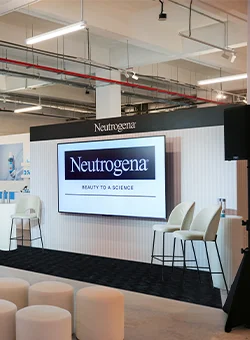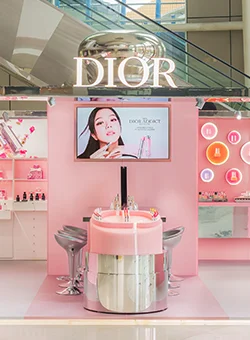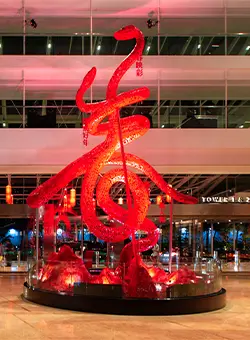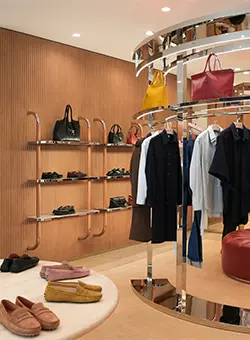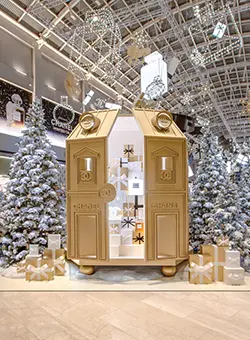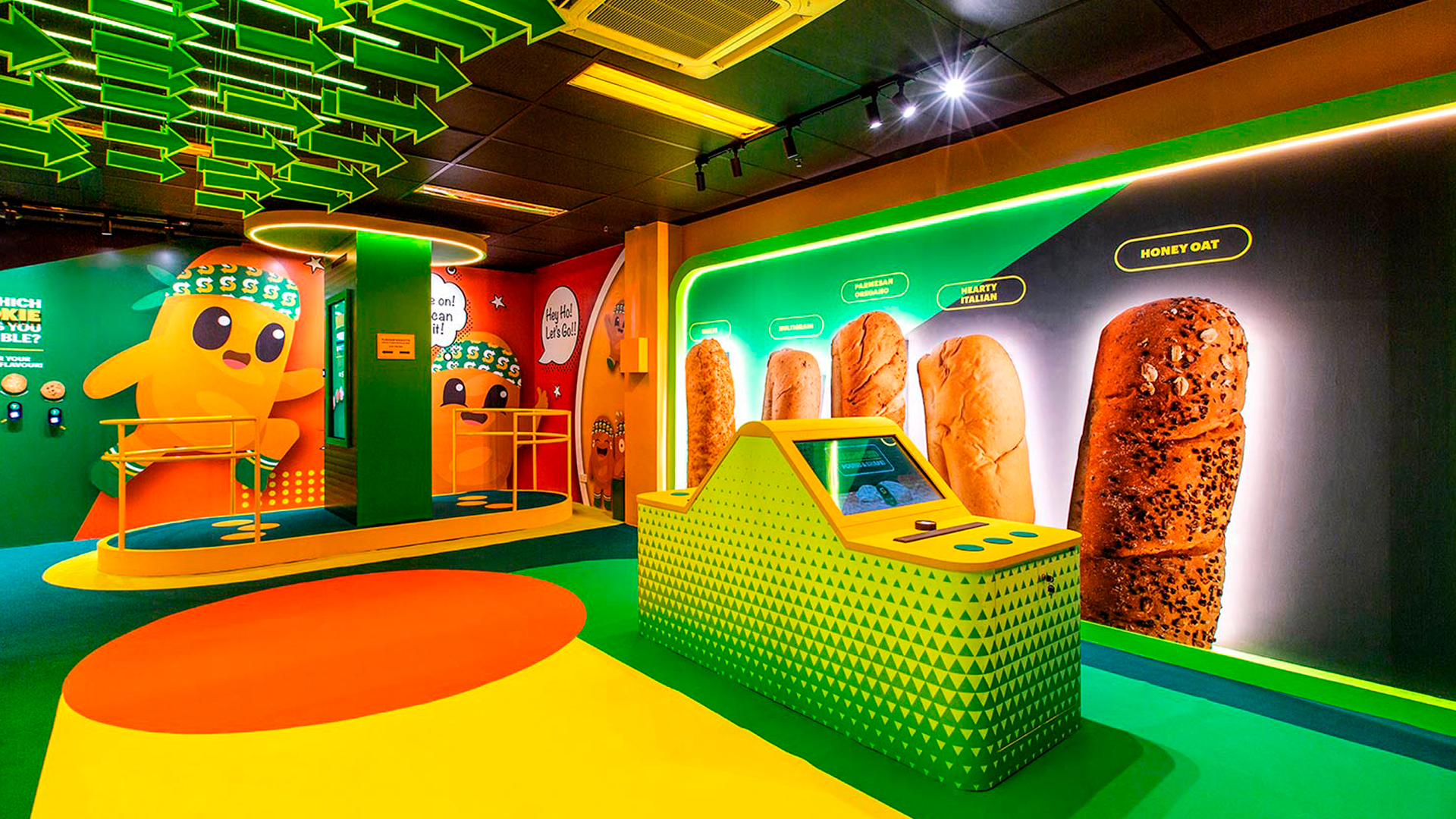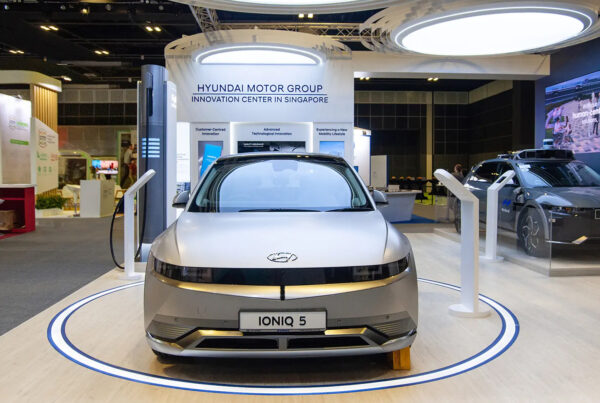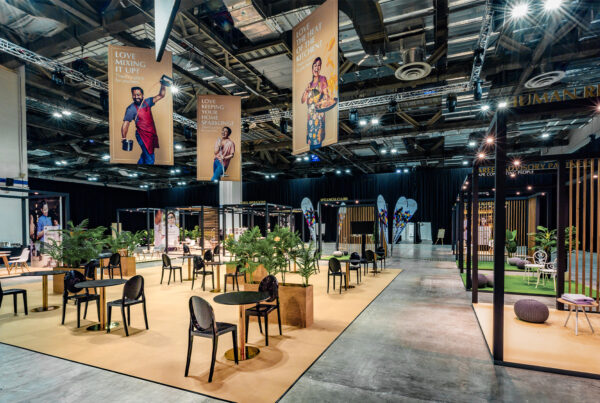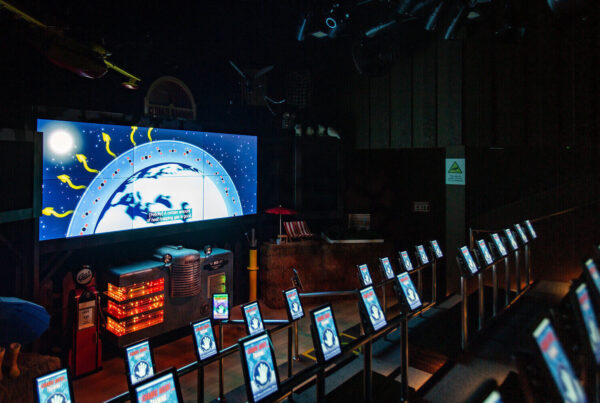Museums serve as an indispensable resource that teaches, delights and inspires us all. Though there are numerous reasons to visit a museum, one aspect that enhances the historical experience lies in the way stories are presented. With documentation and artefact preservation, museums have played an integral role in preserving the history of our society. We get to learn how our nation, communities and our cultures came to be. Without these exhibitions, those stories could well be forgotten after various generations. From addressing key social issues to transforming how we look at the future, museums are more relevant today than ever.
A great deal of effort goes into a museum exhibition design. Museums are constantly researching ways to attract visitors and improve their experience to inspire revisitation. Detailed space and display planning are required to create a museum exhibit that is safe, functional, educational and pleasing.
What makes an interactive exhibition design?
It is an important factor to make sure the exhibition design engages and intrigues visitors to leave a memorable impression and experience. Interactive museum exhibits are one of the ways to capture visitor’s attention and here are three ways to promote engagement:
-
- Simple hands-on: Visitors are encouraged to touch, feel and have hands-on experience with the exhibit. This produces sensory and perceptual learning. As visitors focus their attention on the object, this creates an increase in interest and a change in attitude.
-
- Participatory: Participants will be prompted to respond and the outcome is used to teach a point by comparing it with some other response. This engagement revolves around similarities and differences between objects or events and focuses visitors’ attention on the display.
-
- Interactive: The exhibit prompts a response which changes the state of the exhibit; the change is under the control of the visitor. Through this engagement, cause-and-effect relationships can be taught using either discovery learning or guided learning.
How to Create A Great Museum Exhibit Design
With a successful museum exhibition design, you can provide a unique way for visitors to learn and experience history, inspiration, art and wonders. Here are some ways to design a winning display.
1. Design The Museum Exhibit Flow Linearly
The use of linear flow in your museum exhibit design enhances the storytelling aspect, especially when creating exhibits pertaining to history, inventions, or nature. Use graphics, labels, signs, sounds, and interactive technology as visual cues to create a powerful and memorable museum exhibit. With these elements, you will be able to immerse your visitors in various historical eras completely.
Dezign Format, a museum exhibition design company used a linear flow design that was demonstrated in The Beethoven Experience, a museum exhibition that incorporated education and entertainment elements. The exhibit brought visitors through the celebration of the musician’s musical brilliance and legacy, from tactile visualisation of the Fifth Symphony to a 360º panoramic movie showcase. To allow visitors to fully immerse in the experience of the great musician’s deafness, soundproof headphones were present under each Beethoven statue display.
To make this exhibition an exciting one for families with children, the team at Dezign Format made it highly interactive by using screens that projected colourful patterns that would keep kids entertained and immersed as research has shown that colours can affect the way a brain work and develop pattern recognition, memory and the ability to absorb new information.
Learn More: Tips On Creating A Distinctive Event and Exhibition Display
2. Smart use of exhibition space
Exhibition elements and space influence each other greatly. It can be confusing and frustrating to walk through an imbalanced museum space. On the other hand, with balance, sensations of comfort, excitement, and curiosity can be harnessed through the experience. Museum spaces can promote people’s interest in understanding exhibition contexts or encourage them to imagine themselves in another time and place.
Maximise your exhibition space to make your exhibit stand out. If your exhibition stand is small, it might make sense to limit the number of exhibits. Ideally, a well-designed stand should be spacious enough to allow visitors to move around comfortably.

In our Energy Story exhibition, we used a 400-square-metre floor space to exhibit educational content on multiple visual and engaging platforms. This exhibition showcases the discoveries, usage, and transformation of energy sources.
Through thorough spatial planning and design, we created structures and interactive displays to showcase educational content across visual and engaging platforms. Despite the limited exhibition space indoors, we positioned various panels back to back to enable seamless traffic movement across different sections. Dividers between sections were also built without glass and panel separators to enable more space for movement and transparency between exhibits.
3. Use interactive gamification to engage the audience
Studies suggest that play fosters critical thinking skills and healthy development. In addition to reinforcing memory and helping children understand cause and effect, it also helps them explore the world – and their role within it. Not only play is beneficial for children, but it can also benefit your relationship, job and mood as an adult.
Children learn how things fit together through play. They are able to use their senses, empowering curiosity and exploration, and these skills are fundamental to intellectual and cognitive development. When children play, they also envision, pretend, and create. For adults, play can bring joy, relieve stress, supercharge learning and connect you with the world. Not only that, but the release of endorphins play triggers, and boosts productivity and enjoyment when it comes to working.
Being an exhibition company in Singapore, we hope this sharing has given you a better idea of how you can create your next impactful museum exhibition design. But if you find all the planning and execution work a hassle, let us help you out! Do contact us today to learn more about our museum exhibit services.



